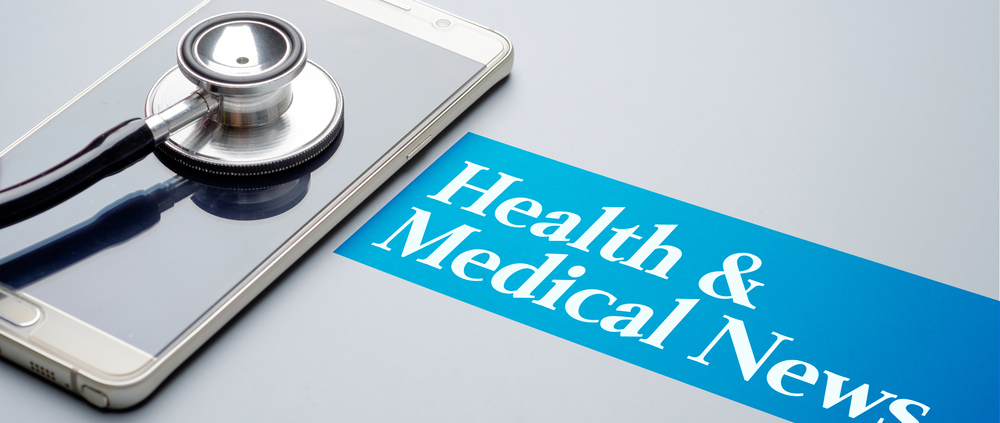A Net Zero NHS: Plans for a Sustainable Tomorrow
The NHS, like many large organisations, is taking a proactive approach to reducing its carbon footprint by achieving Net Zero.
Net zero refers to the balance between the amount of greenhouse gases emitted and the amount removed from the atmosphere.
Achieving net zero emissions is a critical step in mitigating the impact of climate change. The NHS, as one of the largest employers in the world, has a substantial carbon footprint primarily due to energy consumption, transportation, and waste generation.
The Health and Care Act 2022 requires commissioners and providers of NHS services to specifically address the UK Net Zero emissions target.
In its report, Delivering a ‘Net Zero’ National Health Service, the NHS has set out two clear targets:
- Achieve a net zero NHS by 2040 for emissions directly controlled by the NHS.
- Achieve a net zero NHS by 2045 for emissions that the NHS can influence.
How will the NHS achieve Net Zero?
To achieve this, it will look at reducing emissions from the 3 scopes covered by The Greenhouse Gas Protocol, which are:
- Scope 1 – direct emissions from sources that are directly owned and controlled by the NHS, e.g. anaesthetics, NHS fleet and leased vehicles, etc.
- Scope 2 – indirect emissions from the generation of purchased energy, mostly electricity.
- Scope 3 – all other indirect emissions that occur in producing and transporting goods and services, including construction, medical devices, staff commuting, etc.
In addition, as part of the NHS Carbon Footprint Plus, they will aim to reduce emissions from patient and visitor travel to and from NHS services, and medicines used at home.
Key Components of the NHS Net Zero Plans
- Optimising Estates: The NHS estate and its supporting facilities services comprises 15% of the organisation’s total carbon emissions profile(1). As a result, it will look at at a number of interventions to reduce emissions. These will include upgrading existing buildings and optimising building usage, as well as generating renewable energy on-site and building 40 new NHS Net Zero Carbon hospitals.
- Travel and Transport: Approximately 3.5% (9.5 billion miles) of all road travel in England relates to patients, visitors, staff and suppliers to the NHS, contributing around 14% of the organisation’s total emissions. To address this, it will look to transitioning its fleet to zero-emission vehicles. Other measures include reducing unnecessary journeys through preventative medicine and digital care, and enabling healthier, less polluting types of travel such as cycling and walking.
- Supply Chain: While the NHS does not control emissions directly from its many suppliers, it can use its considerable purchasing power to influence change. From reducing the use of single-use items in hospitals, to sourcing more local food suppliers, and transforming anaesthetic practice, the NHS will use an array of methods to optimise its carbon footprint. It will also push all suppliers to decarbonise their own processes and activities.
The Net Zero Emissions Journey
The NHS’s net zero plans underscore its dedication to addressing the global climate crisis and ensuring a sustainable future for generations to come. By focusing on energy efficiency, sustainable transportation, responsible procurement, waste reduction, and carbon offsetting, the NHS will be able to make significant reductions in emissions.
However, the nature of its commitment means that its Net Zero journey will take it far beyond its medium-term targets, with innovation in products and services continuing to enable improvements on an open-ended basis.
How we can help
We are already helping NHS hospitals to reduce their carbon footprint in a number of ways:
- By supplying reusable surgical instruments with a much lower cardon footprint than disposables – click here for more information
- By supplying super-absorbent mats that reduce the amount of waste generated through producing the mats and disposing of them compared to inco pads and less absorbent mats – click here for more information
- By offering workplace exposure monitoring services that help to identify anaesthetic leaks and thus mitigate losses that escape to atmosphere – click here for more information
If you would like to talk to the Cairn Technology team about how we can help your hospital with its Net Zero plans, please call us on 0333 015 4345 or click here to contact us via web form and we will be happy to help.
(1) All statistics in this article are drawn from https://www.england.nhs.uk/greenernhs/wp-content/uploads/sites/51/2022/07/B1728-delivering-a-net-zero-nhs-july-2022.pdf





